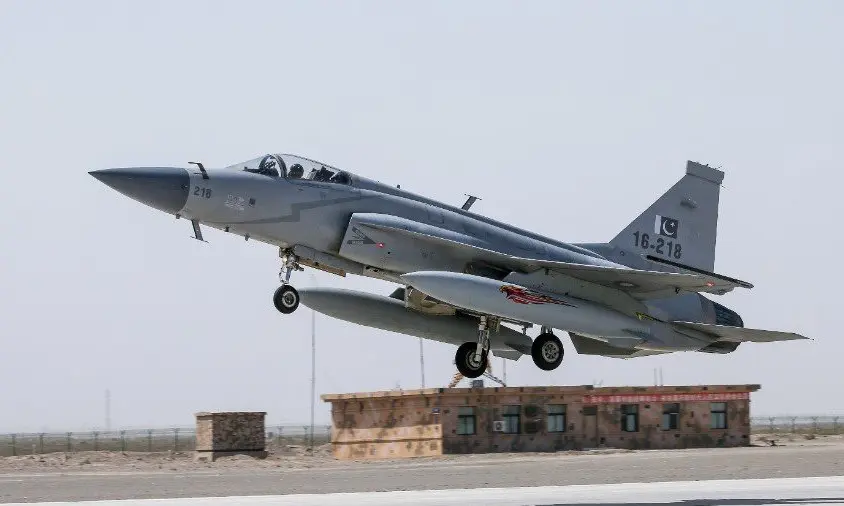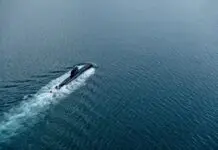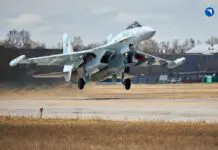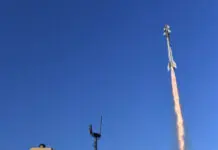The postponed replacement of the Mirage III EA/DA – IAI Finger -M-V Mara weapons system led to the veteran fighters being decommissioned in November 2015 after over four decades of service in the Argentine Air Force without a successor. Since then, various proposals have been analyzed for their possible replacement, aiming to restore the Argentine Air Force’s supersonic interception capability.
Following their decommissioning, the bulk of combat air operations fell on the A-4AR Fightinghawks of the V Air Brigade and, to a lesser extent, on the IA-63 Pampa II/III which covered the void left by the Mirages in the VI Air Brigade of Tandil, awaiting the never-arriving definitive or temporary replacement (stop-gap).

Since 2016, the Argentine Air Force has shown a constant interest in regaining supersonic interception capability. During this time, various options have been analyzed and evaluated, taking into account their acquisition and operating costs, financing, and technical characteristics, to meet the force’s requirements.
Prior to the decommissioning of the Mirages, one of the main candidates was the Israeli fighter IAI Kfir. Presented as a temporary replacement option until the selection of the definitive fighter, Israel Aircraft Industries (IAI) offered between 12 and 14 aircraft, in three versions: C-10 (single-seat equipped with radar), C-12 (radarless), and TC-12 (twin-seat radarless). At the time, the main advantage of the Kfir was that it offered a platform similar to the Mirage III/Mara/Finger family that the Argentine Air Force had until 2015. However, it is an aircraft designed in the first half of the 1970s based on the Mirage V. Even then, it was an aircraft with a limited lifespan.


Another candidate for replacement, perhaps presented late, was the Dassault Mirage 2000-5 fighter. A natural replacement for the Mirage III and Mirage F-1, the M2000s were being replaced by the Dassault Rafale in the French Air Force. Although they did not require major infrastructure modifications due to familiarity with the Argentine Mirages, their significantly higher operating cost was one of the main drawbacks of this option. Evaluations on the feasibility of incorporating Mirage F1 fighters from the Spanish Air and Space Force were also left behind.
From 2018 to 2019, the option of incorporating a supersonic advanced attack aircraft was also considered, such as the FA-50 Fighting Eagle, developed by KAI in South Korea, and the Italian advanced trainers Leonardo M-346. Both aircraft, with significantly lower performance, were considered by the Argentine Air Force in a scenario where the projection of air power would adopt a different doctrine.
The FA-50, derived from the T-50 developed jointly between KAI and the U.S. company Lockheed Martin, was during the last years of Oscar Aguad’s tenure as Minister of Defense, the main candidate to fill the void left by the Mirages. Finally, in view of KAI’s decision, given the existing arms embargo imposed by the United Kingdom, the option was discarded around 2020, with the Argentine Air Force reconsidering acquiring a supersonic fighter-bomber aircraft instead of a light attack aircraft with supersonic capability.


Leaving aside the option of a light or complementary fighter, the Russian Federation offered both MiG-29M (MiG-35) and M2 fighters as well as Su-30SM. Although both models were considered within the Ministry of Defense for their characteristics and performance, the cost of incorporating Russian equipment into an air force that has historically operated Western-origin equipment would eventually imply significantly higher costs due to the doctrinal change involved in pilot and crew training and facilities adaptation. Amidst the passage of time and lack of political support, the Russian option was ultimately discarded given the war between Russia and Ukraine, which began in 2022, and the economic and logistical consequences of operating Russian equipment, subject to embargoes and bans.
Seeking alternatives, also with the aim of overcoming the arms sales embargo imposed by the United Kingdom, China offered Chengdu FC-1 Xiaolong (JF-17 Thunder) aircraft. Along with the F-16 A/B MLU, these aircraft finally reached the final stretch regarding the future fighter. The Chinese option, whose offer is closed, included an ambitious weapons offer, without any limitations. Meanwhile, the Indian company HAL did the same with its Tejas fighter, an option that was also evaluated on numerous occasions. Despite its performance, the presence of British components poses a problem when integrating into the Argentine Air Force ranks.



Finally, the F-16A/B aircraft operated by the Royal Danish Air Force and approved for transfer by the U.S. government (initially 38 units: six F-16 Block 10 and 32 F-16 Block 15 for an approximate amount of USD 338,695,634) would be the long-awaited future fighter selected by the Argentine Air Force. The interest in incorporating F-16s dates back to the 1990s when the replacement of the A-4B/C was sought, developing the Fightinghawk program due to the refusal of the United States to transfer F-16s at that time.
The decision, amidst the current economic crisis and lack of foreign exchange, poses a challenge to Javier Milei’s new administration, as the recovery of combat capability is a strategic necessity for the nation given the current geopolitical challenges in the region. In particular, the offer of the Danish F-16s includes a weapons package that, if realized, would be the first time the Argentine Air Force incorporates a weapons system with intelligent armament (including AIM-120 AMRAAM air-to-air missiles and JDAM guided bombs), in addition to being a complete acquisition project regarding the purchase of weapons alongside the aircraft, a situation that was not fulfilled with the A-4AR Fightinghawks.


Finally, to overcome one of the limitations that the Mirage system had throughout its operational life, the incorporation of tanker aircraft would be considered, given the incompatibility of the F-16s with the system available on the KC/130 Hercules, extending the autonomy of the fighters without losing a capability that the Argentine Air Force has had since the era of the A-4B/C Skyhawk.
You may also like: According to Israeli sources, Iran continues to arm Hamas forces










